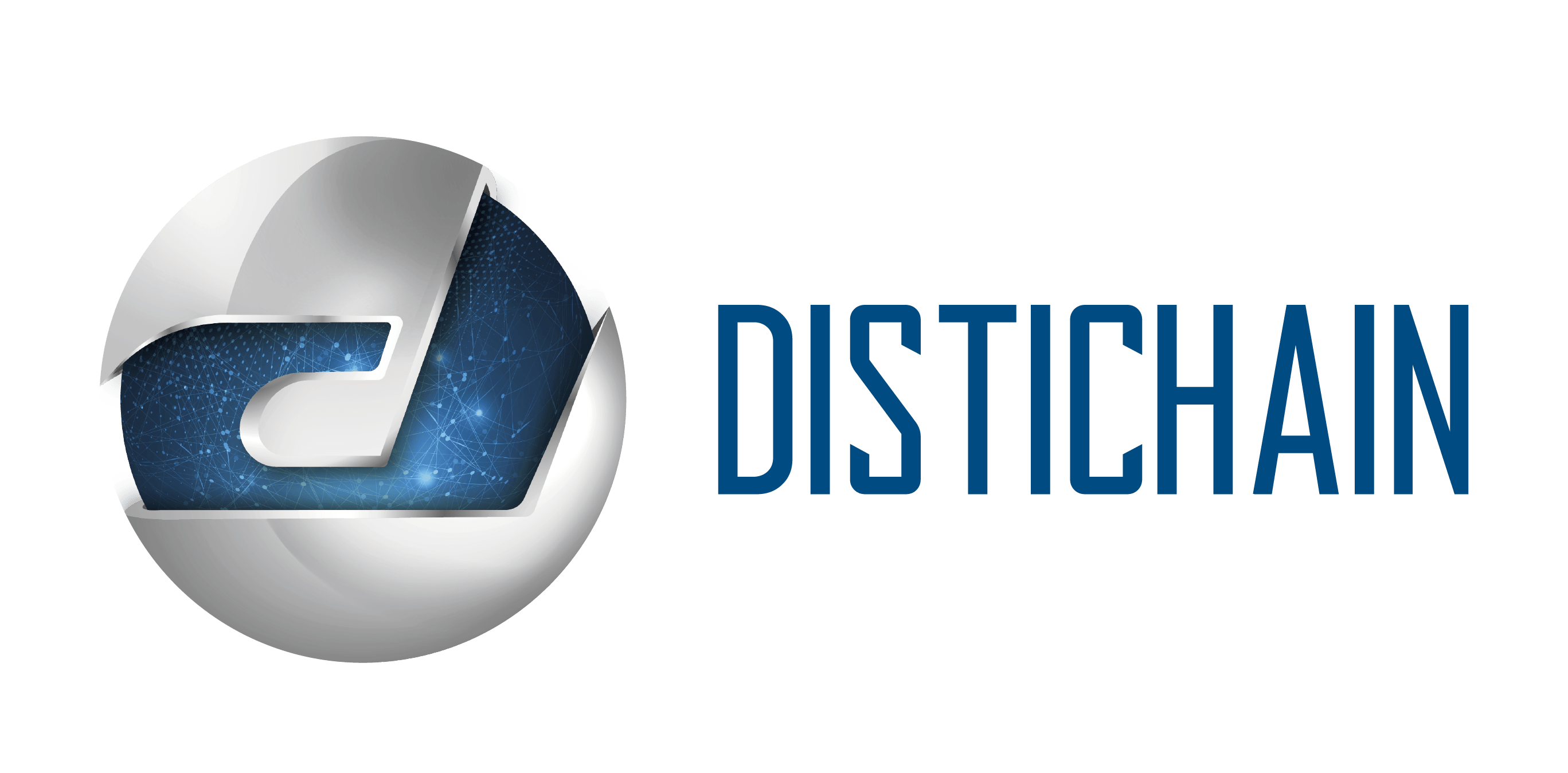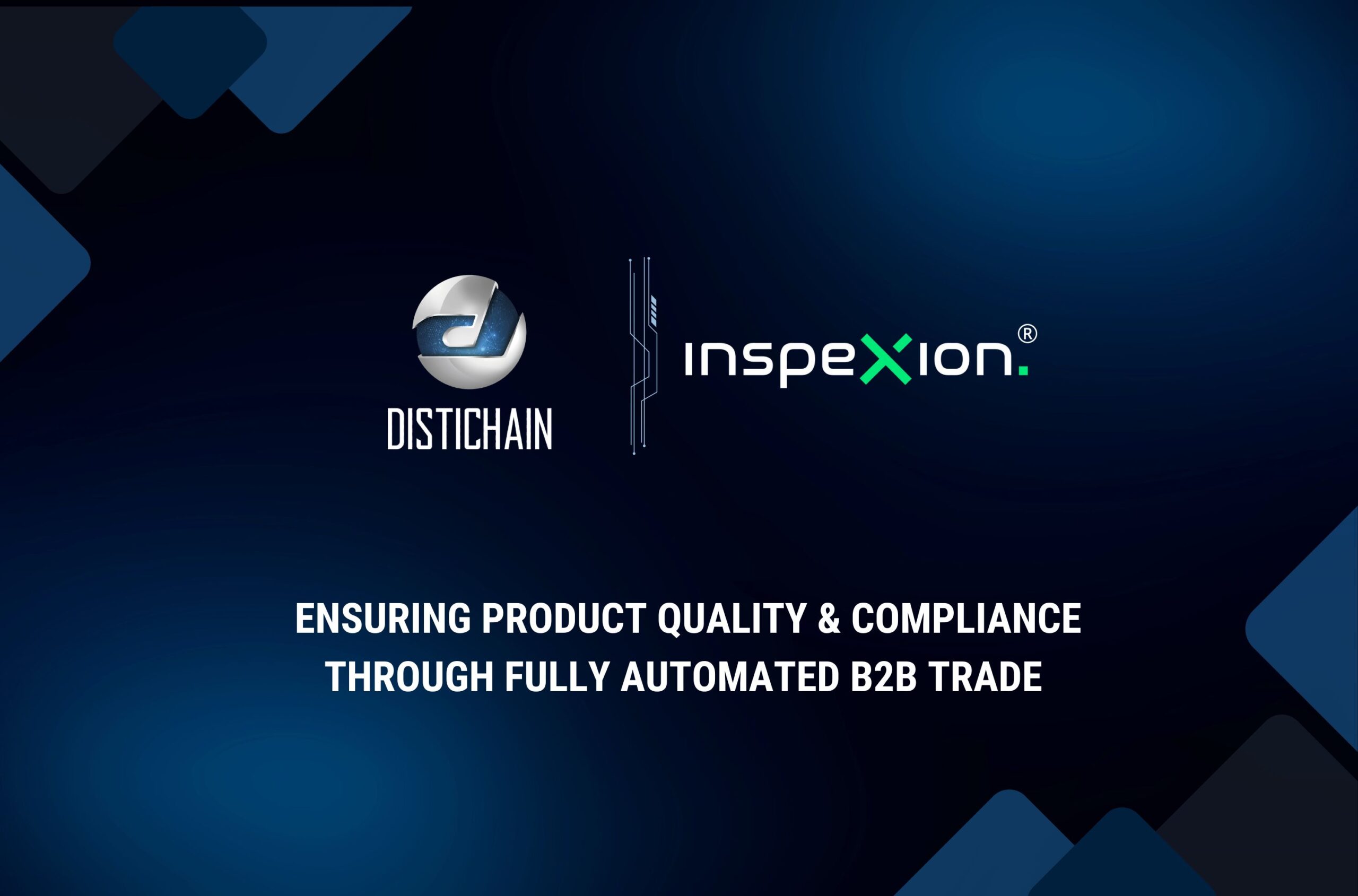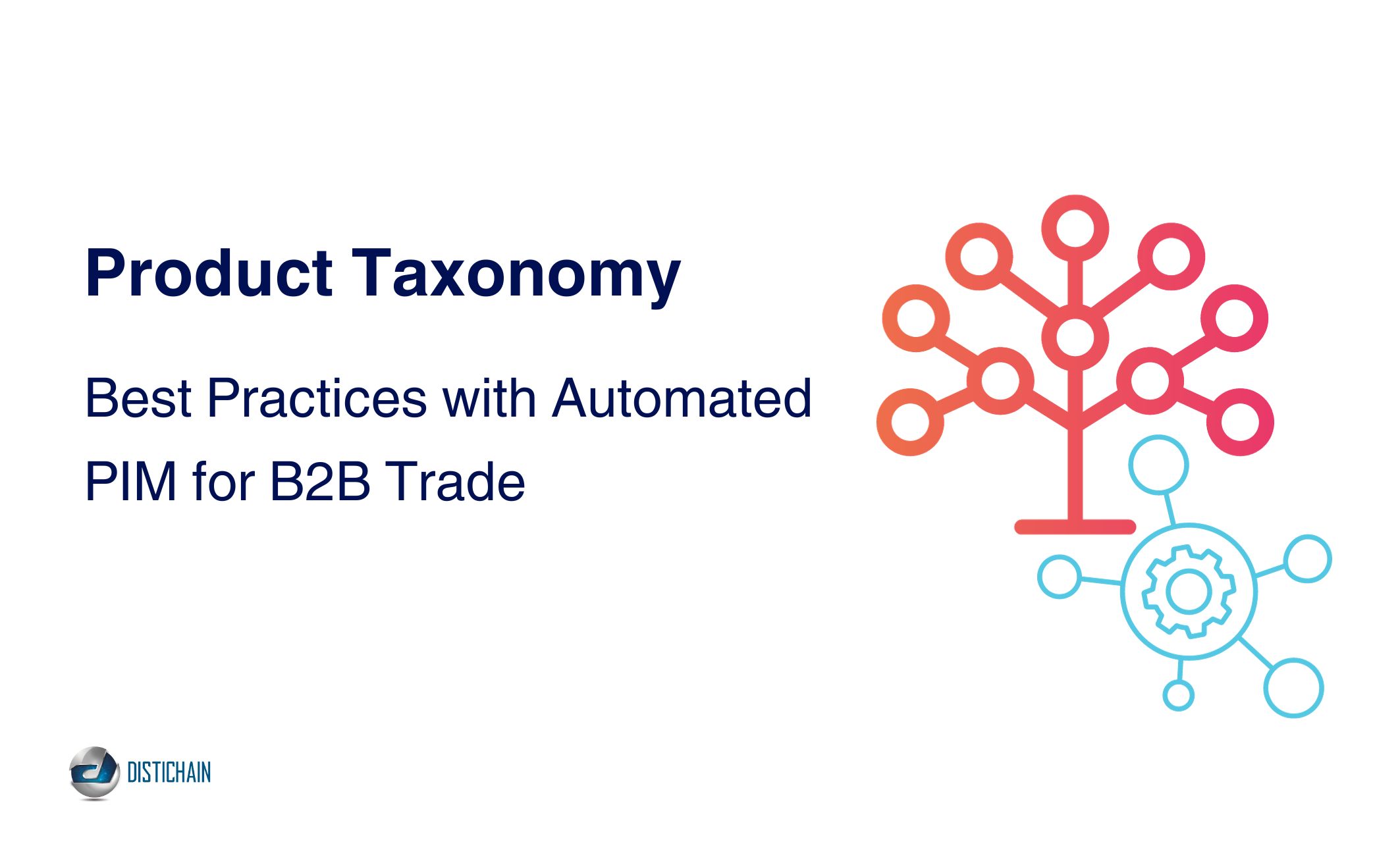Understanding the Two-Sided Marketplace
A two-sided marketplace, also known as a multi-sided platform, is a dynamic business model that brings together two user groups: service providers and consumers. These platforms enable transactions, interactions, or value exchange between the parties by lowering transaction costs and bridging the gap between supply and demand. They create value by serving as intermediaries, facilitating a more efficient and seamless experience for both parties. To illustrate the versatility of this business model, consider two real-life examples: ICT Circle and Energybp.ICT Circle
ICT Circle is a B2B platform for Information and Communications Technology (ICT) ecosystems. It successfully takes the two-sided B2B marketplace model and gives ICT companies a platform to conduct business seamlessly. Packed with an array of powerful tools, this platform caters to the diverse needs of ICT companies by offering verified partners, secure e-wallet and escrow options, seamless logistics and insurance support, and much more. With specialized solutions crafted for resellers, system integrators, distributors, and vendors, ICT Circle brings together a vibrant community of professionals and an extensive selection of products and services to drive innovation and success in the B2B ICT space.Energybp
Energybp, on the other hand, is a two-sided marketplace focused on the oil and gas sector, connecting energy producers with buyers, traders, and suppliers. This platform integrates innovative technology and field expertise to empower suppliers and users of the “net-zero” era. They offer solutions that eliminate complexity, uncertainty, and costly manual processes. By catering to the specific needs of both user groups, Energybp helps drive innovation and sustainability within the energy industry.Step 1: Designing a Comprehensive Two-Sided Marketplace Business Model
No matter which industry you want to focus on, it is essential to create a business model for your two-sided marketplace.
This process involves several key steps:
- Pinpointing Your Target Market Segments
Identifying the specific user groups you aim to serve is vital. Understand the needs, preferences, and pain points of both sides, as well as the market landscape and potential competition. By defining clear market segments, you can tailor your platform’s features and functionalities to better cater to the needs of each group.
- Crafting Unique Value Propositions for Each Side
Once you have identified your target market segments, create compelling value propositions that address the unique requirements of both user groups. These can be features that streamline the transaction process, provide access to a pool of potential partners, or present exclusive incentives for users. Communicate your platform’s value propositions clearly and differentiate your platform from competitors.
- Establishing Revenue Streams and Pricing Strategies
A successful two-sided marketplace must be financially sustainable. Determine how your platform will generate revenue through commissions, subscriptions, advertising, or other methods.
Establish competitive and appropriate pricing strategies for your target market segments. It is essential to balance attractive user pricing and sufficient revenue to support the platform’s growth and development.
Step 2: Choosing a Two-Sided Marketplace Software
Next is selecting the perfect two-sided marketplace software, a crucial aspect when building your platform.
Here are 3 factors to consider at this stage:
- Identifying Essential Features
Pinpoint the key features necessary for your platform and customer base. These may include user-friendly interfaces, secure payment processing, and efficient matching algorithms.
No matter the choice, these features should cater to the specific needs of both user groups and contribute to an enhanced user experience.
- Custom Development vs. Ready-Made Solutions
This point ultimately comes down to your team and finances. Decide between custom development, which allows for greater flexibility and is tailored to unique requirements, and ready-made solutions, which may offer quicker deployment and lower upfront costs.
- Assessing Scalability and Adaptability
Additionally, your chosen software can scale and adapt to meet the evolving demands of the marketplace. This guarantees long-term viability and growth potential rather than risk facing major hiccups that could halt your business growth.
Step 3: Creating a User-Centric Platform
Designing an appealing and user-centric platform is vital for attracting and retaining users in a two-sided marketplace. Prioritizing this last step in the development process will make a world of difference.
- User-Friendly Interface and Navigation
Consider the importance of user experience (UX/UI) when designing your platform. Deliver a satisfying user experience with a visually appealing, intuitive, and easy-to-use platform, regardless of the user’s technical expertise.
Clear layouts, consistent design elements, and well-organized menus create an enjoyable and seamless experience. When users are able to navigate and engage with a platform seamlessly, you can ensure user retention. Make sure these details are down-pat to create a space where vendors and customers can effortlessly interact and transact.
- Efficient Search and Filtering Mechanisms
Implement advanced search options, customizable filters, and user-friendly navigation features to enhance UX/UI. These mechanisms allow users to easily find desired products and services, improving satisfaction and facilitating successful transactions. A well-organized platform encourages repeat visits and boosts marketplace growth and profitability.
- Secure and Streamlined Payment Processing
A user-centric platform also considers major elements of reassurance for the user. Providing a secure environment instills confidence and fosters long-term user loyalty. Make sure to integrate trusted payment gateways and adopt industry-standard security measures.Ensuring the safety of vendors and customers demonstrates a commitment to security, fostering confidence in your platform.
Step 4: Attracting and Engaging Users on Both Sides of the Marketplace
Once your platform is set, a thriving user base is next. A successful two-sided platform hinges on attracting and retaining users from both sides of the marketplace. Ensuring a steady flow of users and maintaining their engagement is vital to establishing and growing the platform.
- Customized Marketing Tactics for Each Segment
Since you’ve narrowed down your target segments in Step 1, now comes speaking to them. Develop tailored marketing strategies and targeted messaging that resonate with the intended audience. By segmenting the marketing approach, you can attract and engage users on both sides, promoting a balanced and thriving ecosystem within the marketplace.
- Content Marketing and Social Media
This portion is essential to any marketing and communication strategy. Raise awareness and generate interest in the platform by creating and sharing valuable content, such as blog posts, infographics, and videos. Leverage social media channels for a more personalized and interactive approach, fostering engagement and building brand loyalty among users.
- Referral Programs and Rewards
Once you’re consistently driving user acquisition and retention, you can utilize word-of-mouth. Encourage users to invite their friends, colleagues, or other contacts to join the platform by offering incentives, such as discounts, cashback, or exclusive access to premium features.
This helps grow the user base and creates a sense of community and loyalty, which is essential for sustaining a successful two-sided marketplace.
Step 5: Growing and Expanding Your Two-Sided Marketplace
Once you have established your platform, the goal is to maintain it for the long term. Dive into growth and expansion strategies to solidify your platform’s position and create new opportunities.
We suggest the following:
- New Markets and Industry Verticals
Tap into new markets or industries to extend your platform’s reach and user base, leading to increased revenue generation and long-term stability.
- Diversifying Products and Services
Broaden your platform’s offerings to cater to a wider audience and address varying user needs, helping mitigate risks and strengthening your position in the industry.
- Building Partnerships and Alliances
Forge alliances with complementary businesses or organizations to boost growth and visibility, and unlock synergistic benefits like shared resources and expertise.
Step 6: Monitoring and Improving Performance with Two-Sided Marketplace KPIs
While growing and expanding, or even prior to it, it’s necessary to track performance. Optimize your platform’s performance by regularly assessing key metrics and data-driven insights.
Track performance with these steps:
- Monitor Essential Indicators
Track user growth, engagement, and revenue KPIs to gauge platform performance and pinpoint improvement areas.
- Utilize Data Analytics for Decision-Making
Leverage data analytics to uncover insights, make informed decisions, and foster continuous learning.
- Refine Your Marketplace Based on Metrics
Continuously improve your platform using KPIs and data analysis, ensuring competitiveness and responsiveness to user needs.
Step 7: Establishing a Robust Two-Sided Marketplace Financial Model
Developing a robust financial model is crucial for effectively managing and growing a two-sided B2B marketplace. By evaluating your platform’s financial health, you can ensure its success.
Start with forecasting revenue and expenditure; accurate financial projections empower you to make informed decisions about resource allocation and strategic planning – which are critical for a platform’s long-term sustainability and competitiveness.
Then, determine break-even points and set profitability targets. These benchmarks help establish clear financial goals, measure progress, and enable adjustments to achieve desired outcomes.
Throughout this, as discussed earlier, balancing cash flow and investment in growth is essential. Managing cash flow and allocating resources allows your platform to meet short-term goals. At the same time, allowing for long-term expansion and success, striking the perfect balance between stability and growth.
Step 8: Navigating Legal and Regulatory Requirements
Compliance with legal and regulatory requirements is vital for a successful two-sided marketplace to protect your platform and maintain credibility. Stay informed about applicable rules and guidelines, adhere to industry-specific regulations, and prioritize data privacy by following data protection regulations. Implement best practices that safeguard user trust and ensure smooth operation.
In parallel, manage intellectual property and liability issues to minimize legal risks. Address these concerns by obtaining necessary permissions and licenses, ensuring long-term viability and success. Doing so creates a solid foundation for your platform’s growth and expansion.
Mastering the Art of Building a Two-Sided B2B Marketplace
This guide outlines key steps for building a thriving two-sided B2B marketplace, from designing a business model to attracting users and ensuring growth. Consider market segments, unique value propositions, revenue streams, and legal requirements. Monitor performance with KPIs, refine the platform based on data, and balance cash flow and investment in growth.
Don’t miss the opportunity to learn the craft and make your mark in the world of B2B marketplaces. Dive into the world of two-sided platforms and launch yours today!











